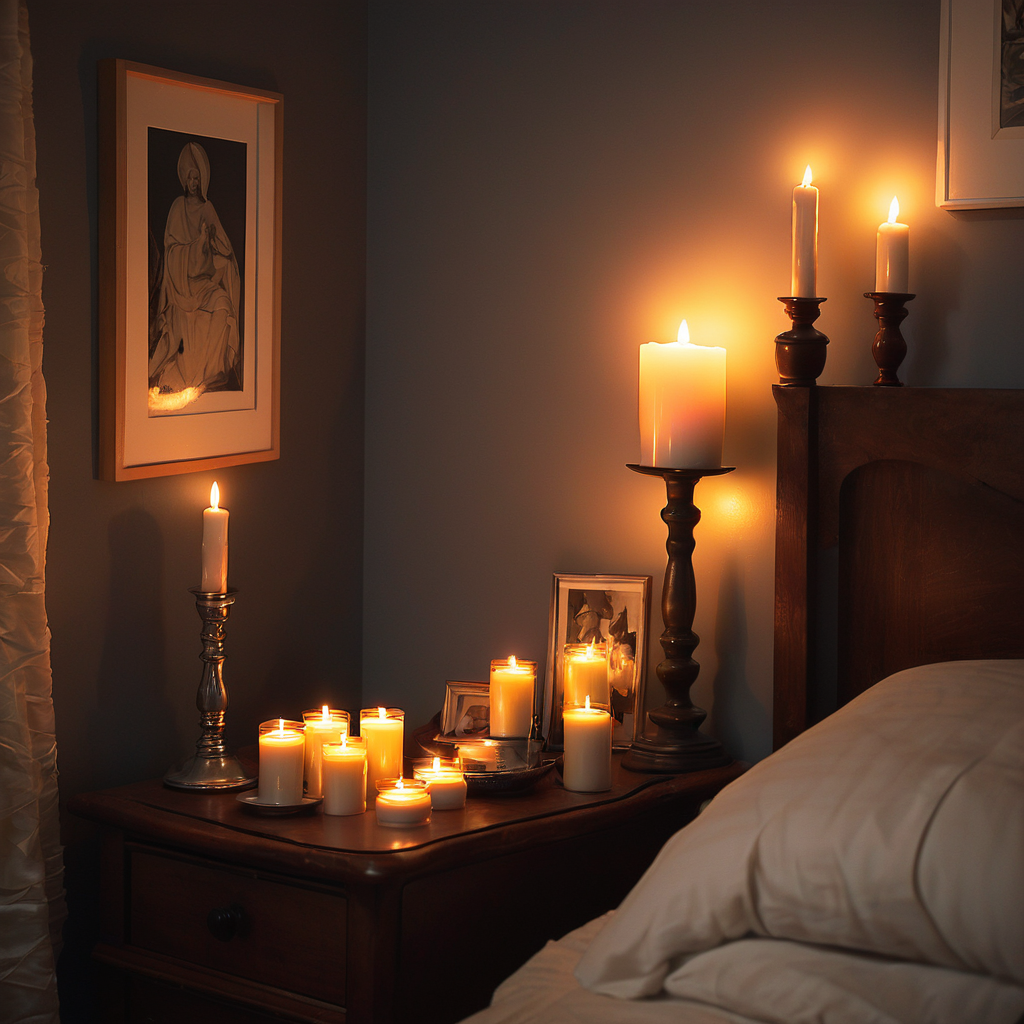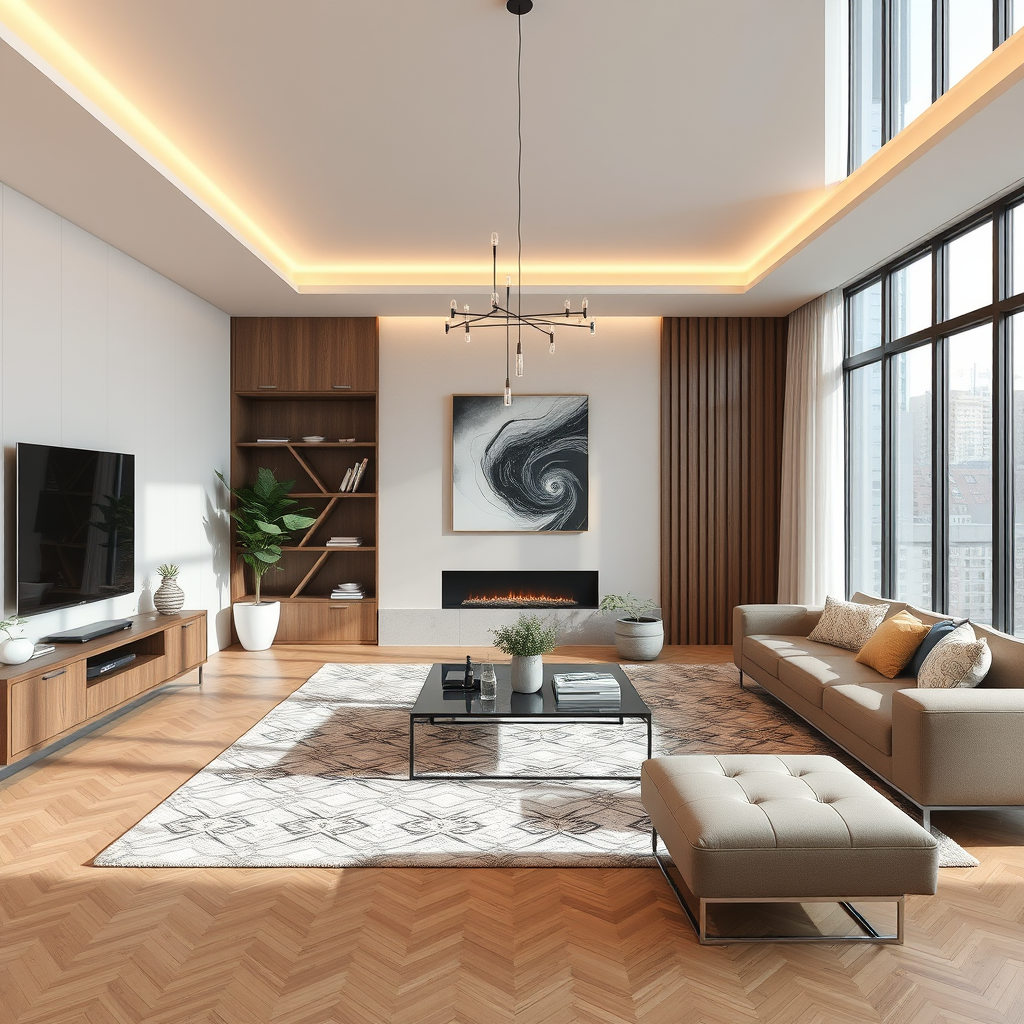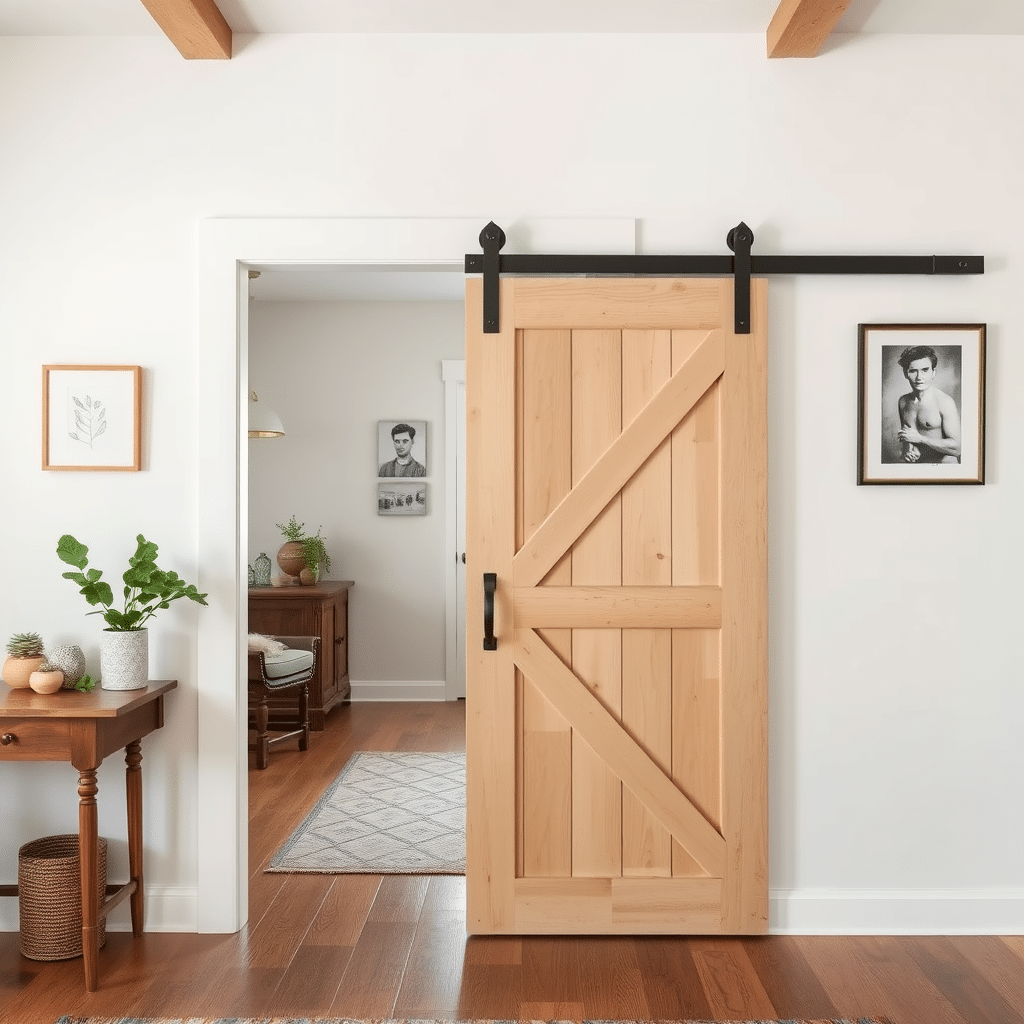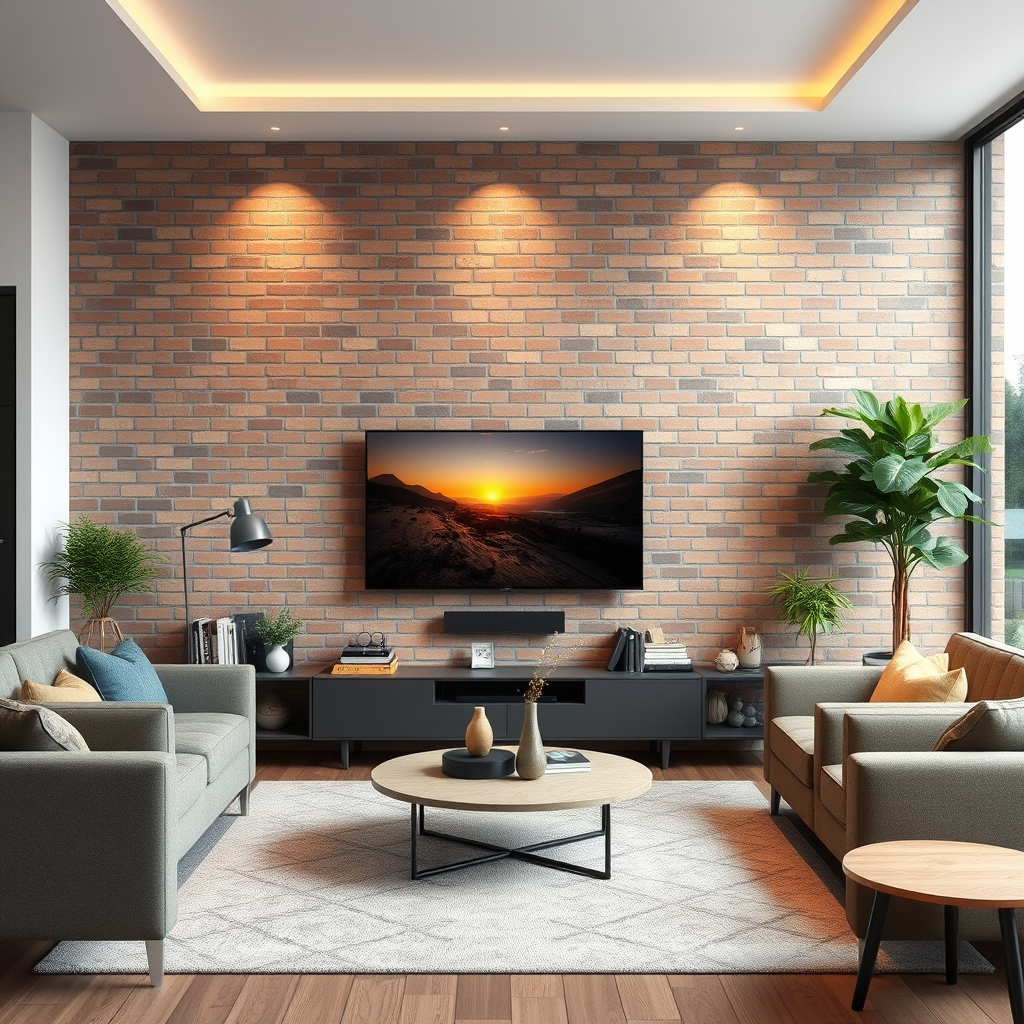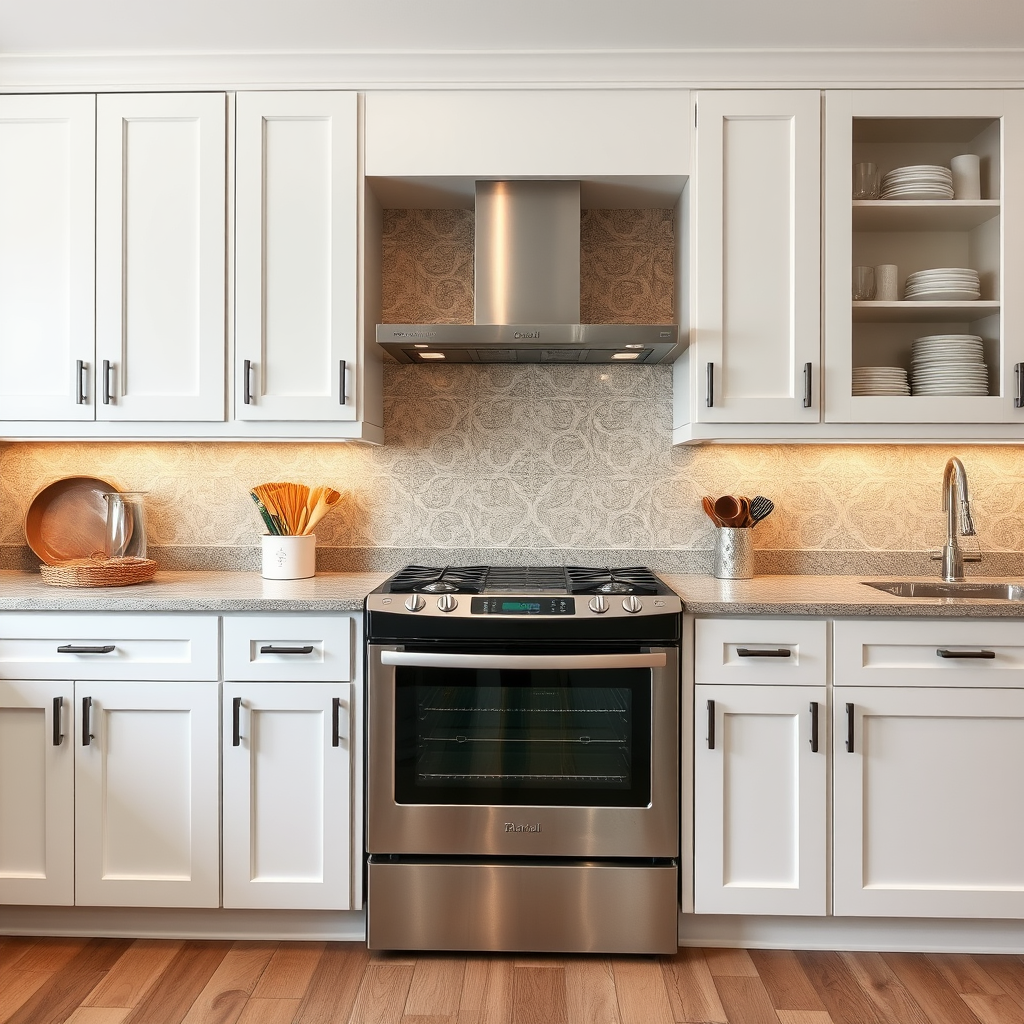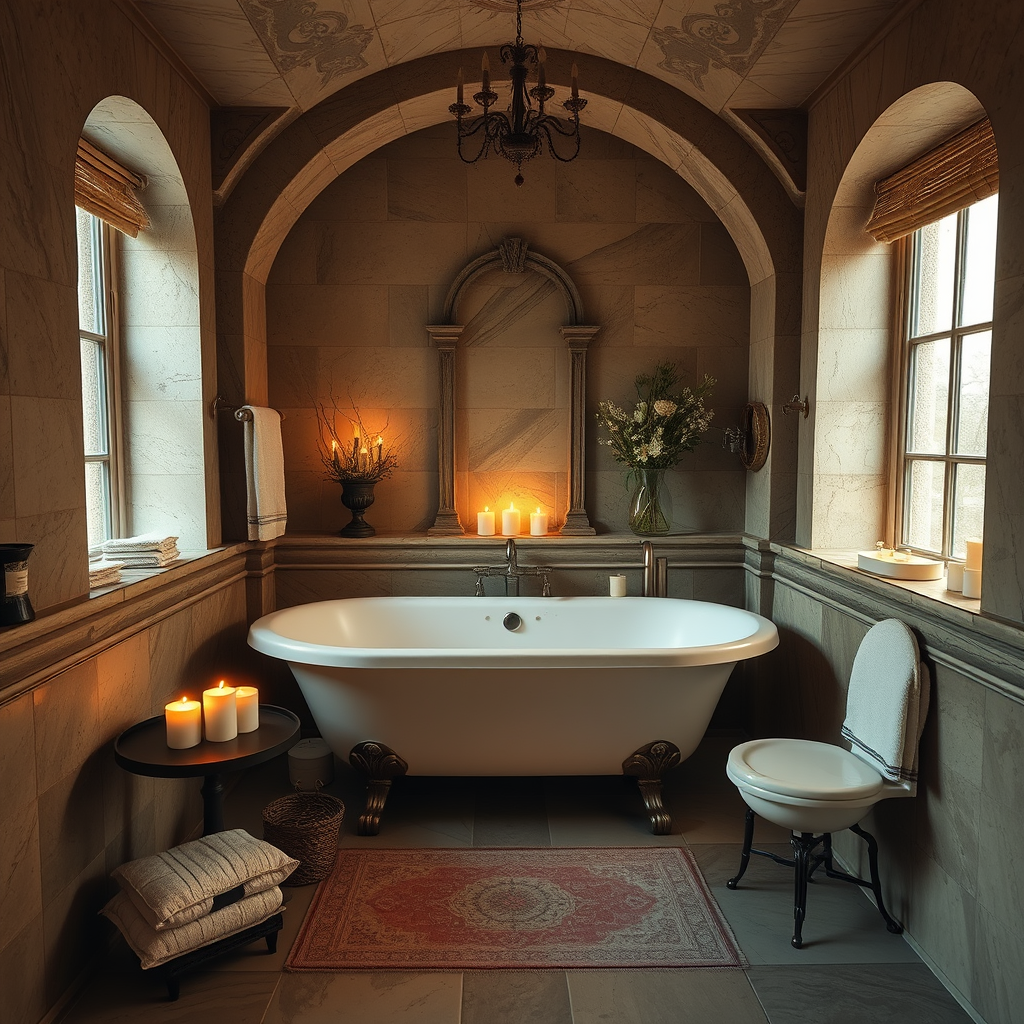Candles have been cherished for centuries, not just for their light, but for their ability to transform a space. In modern interior design, candles are more than just functional items—they are a vital component in creating ambiance, enhancing aesthetic appeal, and adding a personal touch to any room. Here’s how you can effectively incorporate candles into your interior design.
#### 1. **Setting the Mood**
One of the most potent ways candles influence a space is through ambiance. The soft, flickering light of a candle can create a warm and inviting atmosphere that is hard to replicate with other lighting sources. In living rooms or dining areas, strategically placed candles can make the space feel more cozy and intimate. For example, a cluster of candles on a coffee table or dining table can serve as a focal point and bring a touch of elegance to the setting.
#### 2. **Adding Texture and Dimension**
Candles come in a variety of shapes, sizes, and materials. Incorporating candles of different heights and textures can add visual interest to a room. For instance, a tall pillar candle can make a dramatic statement, while a collection of votives or tea lights can create a layered effect. The variety in candle holders—whether it’s a sleek metal stand, a rustic wooden base, or an intricate glass holder—can also enhance the design and contribute to the room’s texture.
#### 3. **Highlighting Architectural Features**
Candles can be used to accentuate architectural features in a space. For example, placing candles on a mantel can draw attention to a fireplace, while using candles on shelves can highlight built-in nooks or alcoves. Wall sconces with candles can add a touch of historical charm and bring focus to specific areas, creating visual pathways throughout the room.
#### 4. **Creating a Focal Point**
Candles can be used to establish a focal point in a room. A grand candelabra or a striking candle arrangement on a side table can serve as a conversation piece and anchor the design. By positioning candles in strategic locations, you can guide the eye and balance the design elements of the room.
#### 5. **Enhancing Seasonal Decor**
Candles are versatile enough to complement seasonal decor. For example, during the fall, you might use candles in warm, rich colors like amber or deep red, combined with autumnal decorations such as pumpkins or leaves. In contrast, winter candles might be paired with cool blues and whites to evoke a crisp, serene atmosphere. By adapting candle colors and scents to the season, you can keep your interior design fresh and relevant throughout the year.
#### 6. **Infusing Personal Style**
Candles offer an easy way to infuse personal style into your decor. From scented candles that reflect your favorite fragrances to uniquely shaped candles that showcase your taste, these small elements can make a big impact. Choosing candles that match your design preferences or coordinate with your existing color scheme allows you to personalize your space without major overhauls.
#### 7. **Practical Considerations**
While candles are beautiful, they also require some practical considerations. Always ensure candles are placed in safe, stable locations, away from flammable materials. Opt for unscented candles in spaces where you don’t want to overwhelm the room with fragrance, and remember to regularly trim wicks to prevent excessive smoke and soot.
#### Conclusion
Incorporating candles into interior design is an effective way to enhance a room’s atmosphere and add a touch of elegance and warmth. By considering their placement, variety, and seasonality, you can use candles to create a space that is not only visually appealing but also deeply personal and inviting.

